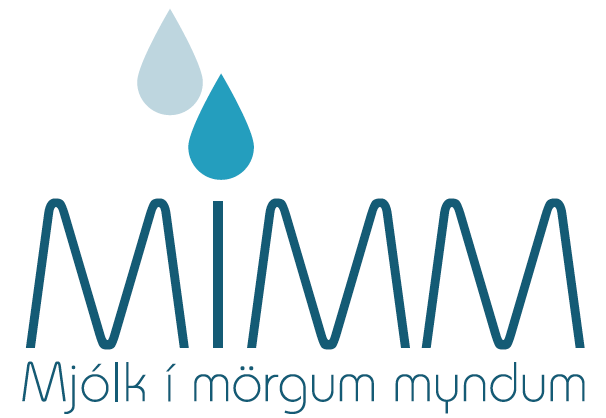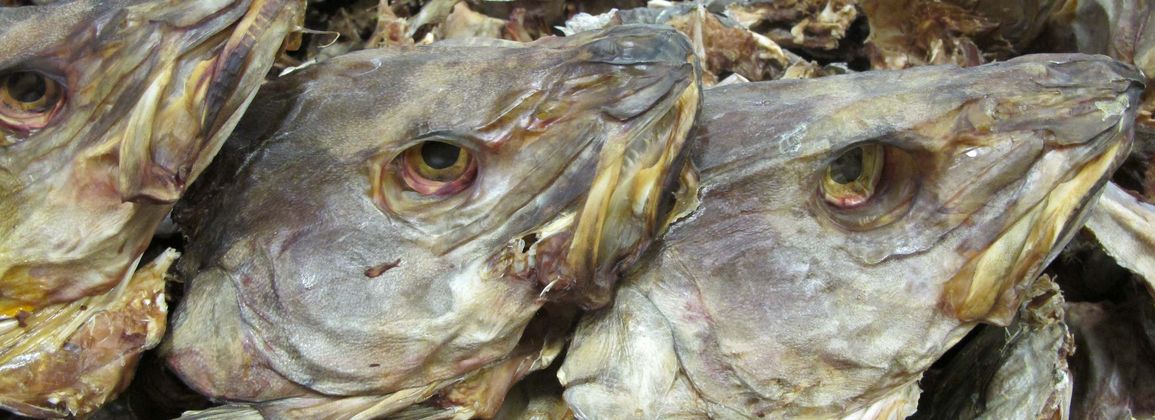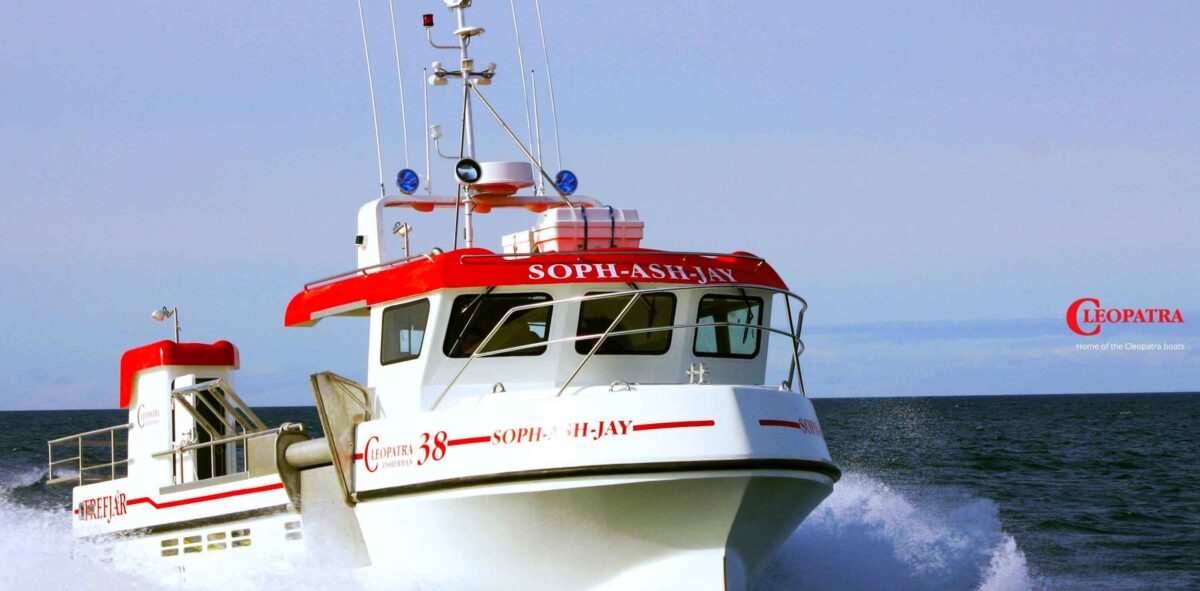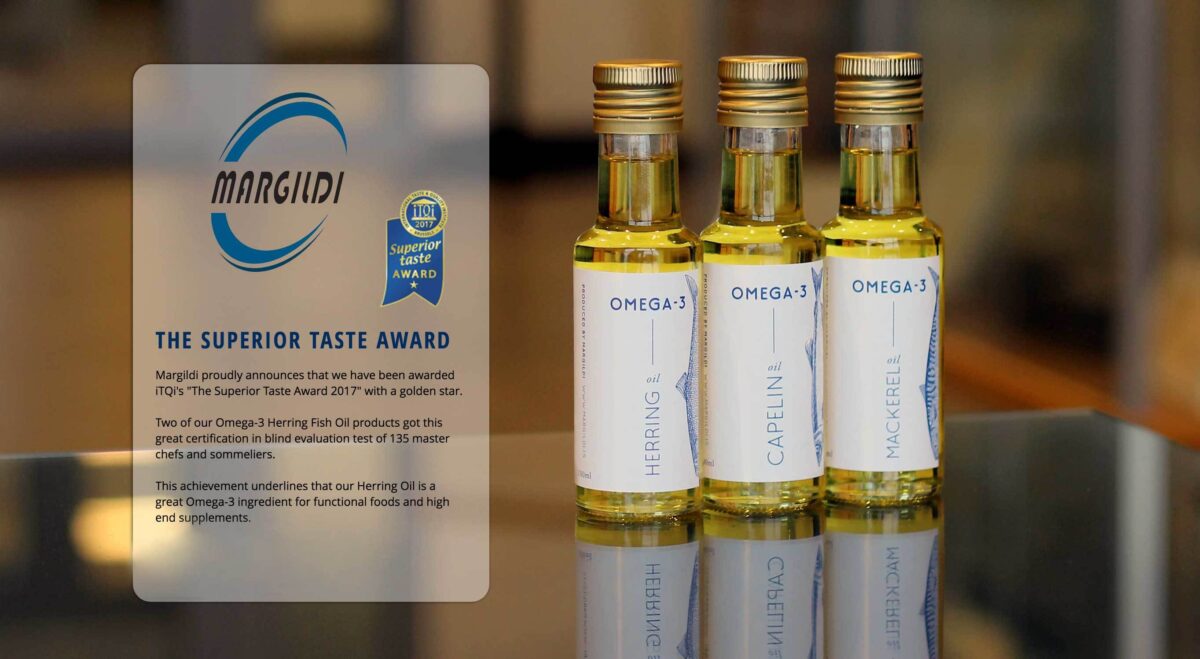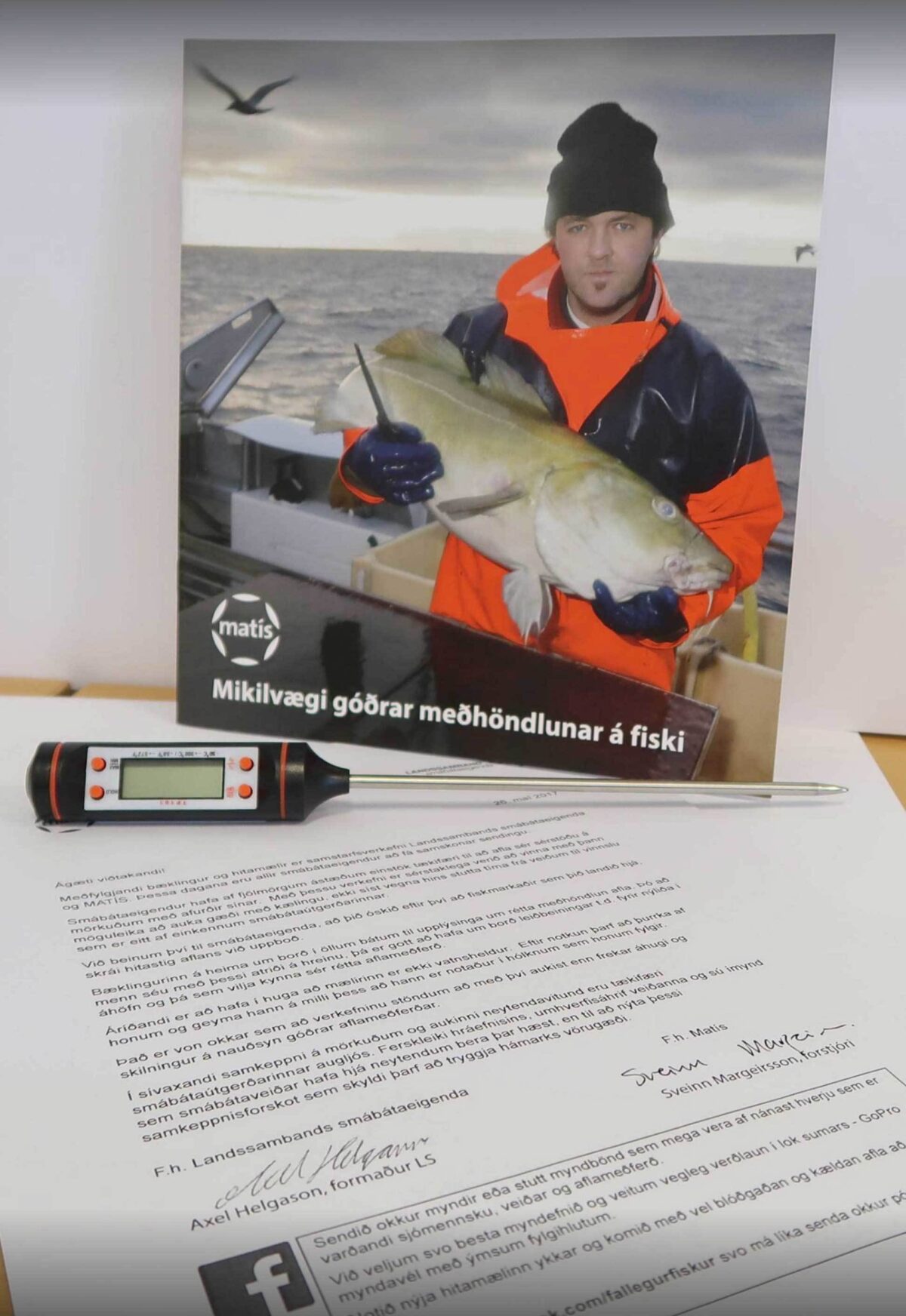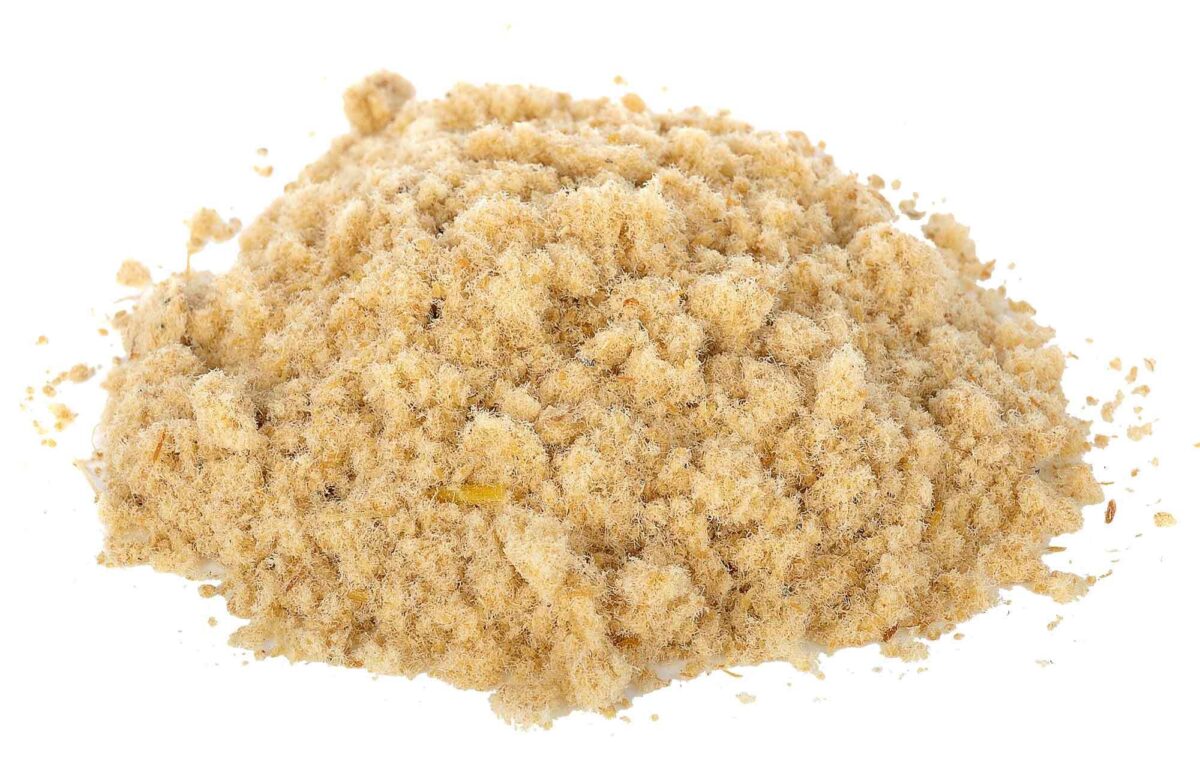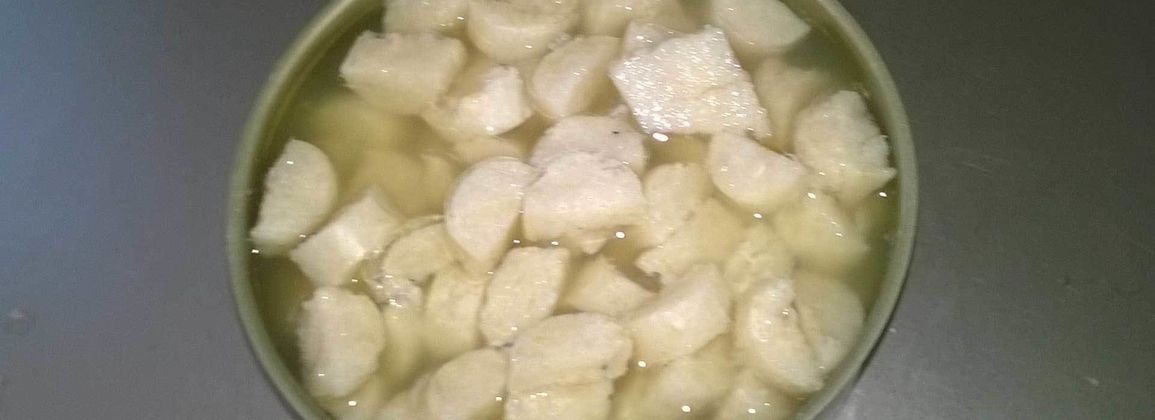This spring, an agreement was made with Matís for the Mjólk project in many forms, where grants are awarded for entrepreneurship, where milk is used as a raw material. 8 applications were received for grants and the projects were of various kinds.
At a meeting of Auðhumla's board on June 29, it was decided to award three grants this time:
Fascinating power of organic whey
- Kr. 3,000,000.-
- Biobú and more
- Mysa is well known and widely used in various products around the world. However, the utilization potential has been lacking and large quantities are being discarded. The project promotes innovation and increased utilization of organic whey that is currently generated in the production of Biobú's dairy products. Utilization of by-products contributes to less waste in accordance with the United Nations Global Goals.
2. Jökla, Icelandic milk liqueur
- Kr. 3,000,000.-
- Pétur Pétursson
- The project is quite innovative, as alcoholic beverages from Icelandic milk have never been produced or whey has been used to make liqueurs. The prototype of the product is ready and the grant will be used in further work due to the tests and processing processes.
3. A spike builds up
- Kr. 500.000.-
- Birna G. Ásbjörnsdóttir and Guðmundur Ármanna Pétursson
- Grant for a preliminary project on the development of health products from colostrum. Broddur is a unique product that is hardly used in Iceland today and breast is a product that few people know and is negligible. Icelandic milk is unique in that it contains Beta-Casein A2, which has been tested for health.
Matís will take care of project management.

